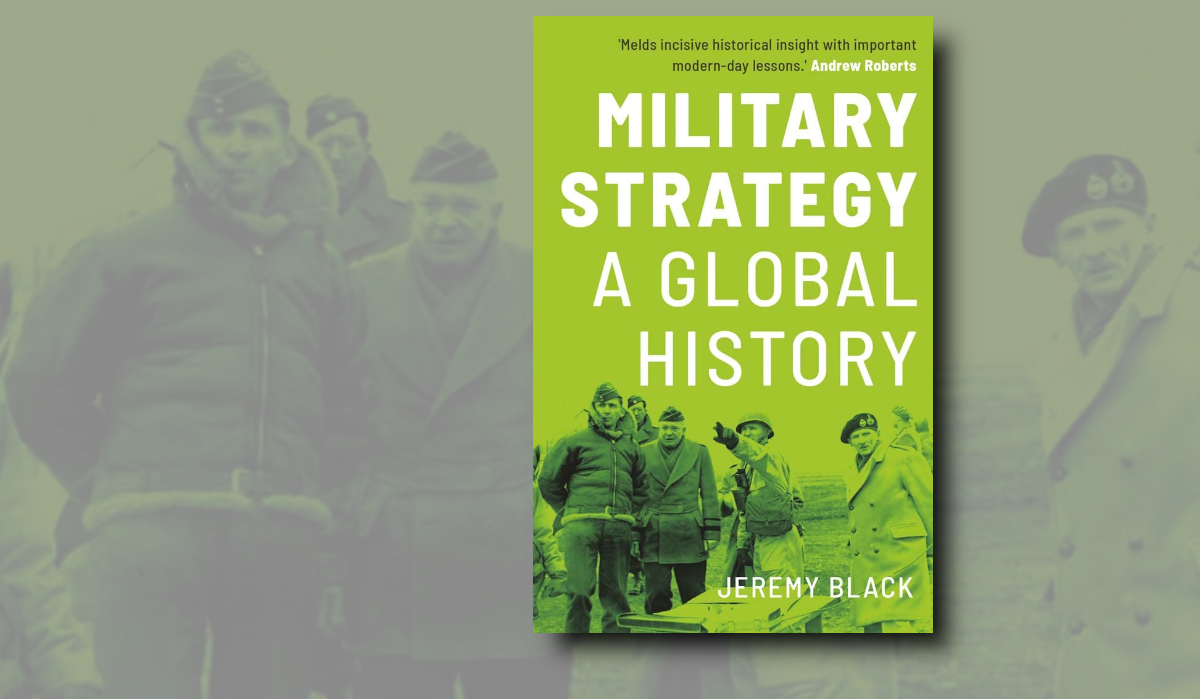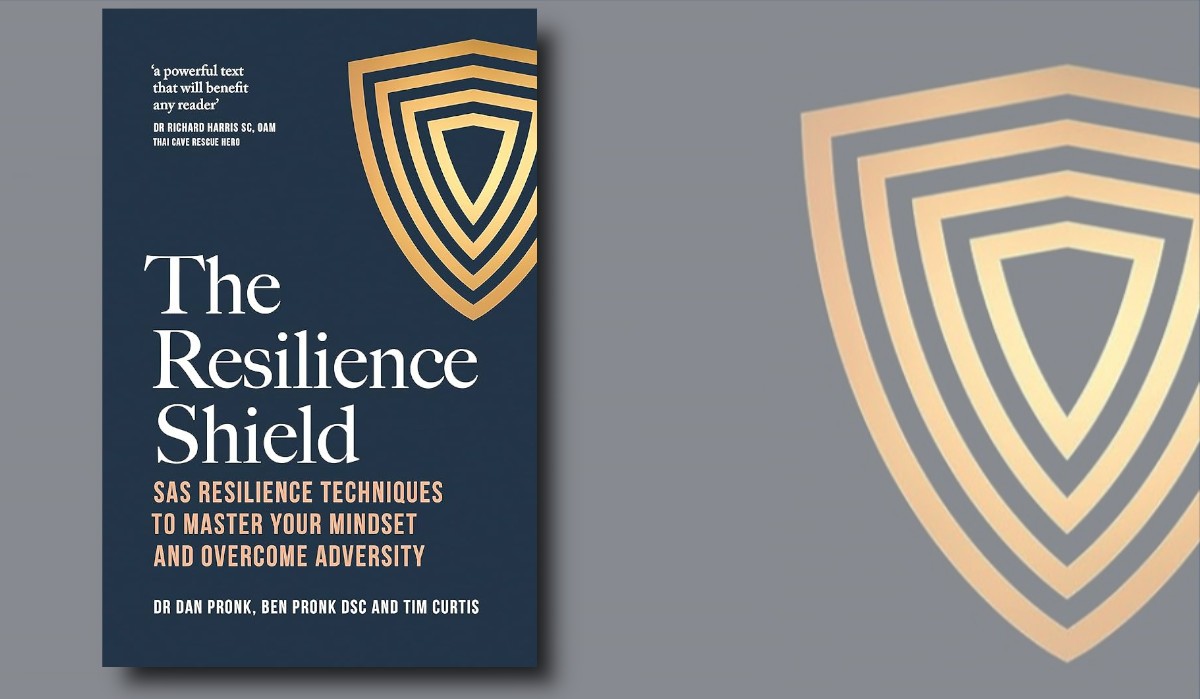The Defence White Paper 2016 challenges us all, specifically the Australian Army, to innovate and to integrate reform into our core business processes in the face of a more complex future strategic environment.
How do we respond to the White Paper’s challenge and how can the Army fulfil the exacting innovation requirements articulated in its pages? The logical starting point for this discussion is to create a common understanding of the term ‘innovation’. From this understanding we can examine two ideas that enable Australian Army innovation: improving collaboration and realising people’s potential.
The Australian Army’s capstone doctrine, Land Warfare Doctrine 1, The Fundamentals of Land Power (LWD 1),emphasises the importance of innovation in achieving the army’s mission. The LWD 1 requires innovation ‘to win the land battle’. To be successful and win the Army must continue to achieve military relevance in an increasingly complex and lethal global environment. In particular, LWD 1 states that the Army’s fighting power is dependent upon intellect. This intellectual component of fighting power is supported by an organisational climate that enables creativity and innovation, analytical excellence and continuous learning.
Williamson Murray and MacGregor Knox observed that the military institutions that successfully innovated between 1919 and 1940, without exception, examined recent military events in a careful, thorough, and realistic fashion. Further, they claimed that “simple honesty and the free flow of ideas between superiors and subordinates—key components of all successful military cultures—were centrally important to the ability to learn from experience [without] singling out commanders who had allegedly failed.”
Continued innovation is clearly important to the success of the Australian Army. Australian Army innovation can be fostered through the active development of 1) improving collaboration and 2) realising people’s potential.
Improving collaboration
Collaborative, broad-thinking leaders create environments conducive to innovation. These leaders generate enthusiasm for new ideas, shared understanding and efficient resource use. Collaborative leaders create determined, cooperative and innovative teams. These leaders encourage divergent thinking, challenge assumptions and enable continuous learning.
An example of the Army’s approach to innovation is the running of live exercises, such as Exercise Hamel. Exercise Hamel ensures that the army collaboratively nurtures future leaders through investing the experience of others in the education of their peers. Encouraging innovation based on collaborative leadership, the Australian Army employs the knowledge and skills of past, current and future army and joint commanders to observe, train and mentor currently serving commanding officers and their staff.
Innovations already realised in the army, as a result of collaborative approaches to Exercise Hamel, include: digitising the army’s reinforced combat brigades; developing the army’s common combat brigade standard operating procedures; enhancing air-land integration; testing and evaluating the Armoured Cavalry Regiment; and integrating Army Reserve battle groups into the reinforced combat brigades.
Meeting the requirements of the White Paper to ‘adapt to change, to innovate and to integrate reform into … core business processes’, Exercise Hamel’s innovations result from leaders at all levels within the army, along with joint enablers, collaborating to achieve change.
Realising potential
Through nurturing innovation, leaders ensure that people are appropriately skilled and supported to realise their own potential. In reaching their own potential, people will experiment, learn and, sometimes, fail. Historian Paul Kennedydescribes an innovation-enabling culture as having “a support system, a culture of encouragement, efficient feedback loops, a capacity to learn from setbacks, an ability to get things done. And all this must be done in a fashion that is better than the enemy’s. That is how wars are won”.
Creating a supportive environment that is nurturing innovation through enabling people to realise their own potential requires the robust and continuous employment of mission command. The Australian Army describes mission command requirements, in peace and war, as: trust; freedom; cohesion; understanding; clear commander’s intent; disciplined initiative; mission orders, including the diffusion of ideas; and acceptance of risk.
Fulfilling the requirements of the White Paper to ‘adapt to change, to innovate and to integrate reform into … core business processes’ requires leaders to successfully foster and apply mission command. Leaders encourage people, including divergent thinkers, to excel and innovate, and sometimes fail, even under the most challenging circumstances.
The Australian Army has been challenged to improve its innovation. This can be achieved through the development of two ideas: improving collaboration and realising people’s potential. Collaboration is improved through robust exercising of ideas with our partners. Trusting our people through the active employment of mission command fosters their potential for innovation. That is how the Australian Army can ‘adapt to change, to innovate and to integrate reform into its core business processes’.




